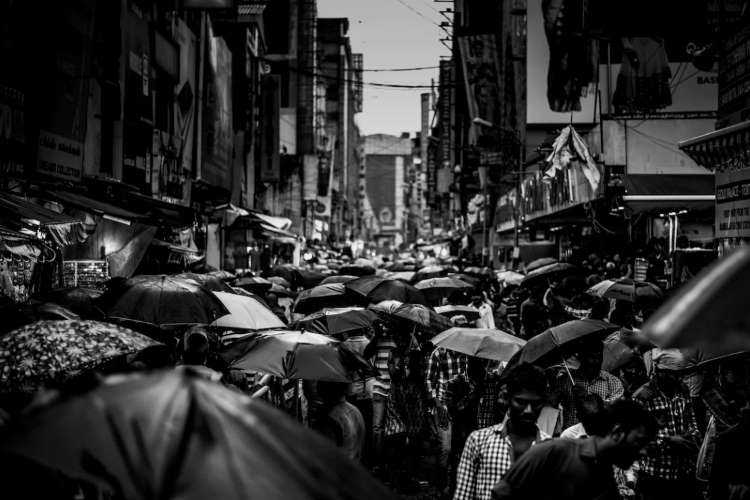
The Covid-19 pandemic, climate change and economic uncertainty have reversed the progress in human development achieved over the last three decades, says the Human Development Report by the United Nations Development Programme. The report that studied data from 191 countries show that 90% of them failed to achieve a better, healthier, more secure life for their citizens in 2020 and 2021. The human development index for the world has declined for two consecutive years, the first time in more than three decades.
The report contains bad news for India which has fallen further on the Human Development Index from 130th position in 2020 to 132nd rank in 2021. The country has fallen behind the global average on all four indices. The country has lost much of the progress made towards the Sustainable Development Goals, set by the United Nations. The report, however, appreciated the country’s efforts towards ensuring a minimum guaranteed income through different schemes.
The country failed to match the world average in all four parameters. India’s life expectancy at birth was recorded at 67.2 years compared with the global average of 71.4 years. A large contributor to the decline in the Human Development Index is a global drop in life expectancy down from 72.8 years in 2019 to 71.4 years in 2021. India ranked dismally also on the gender inequality index at 122 out of 191 countries.
READ I Indian economy crosses another milestone, but worries linger
The Human Development Index captures the state of a country’s achievements in health, education, and standard of living. This year’s report says that the countries in Latin America, the Caribbean, sub-Saharan Africa, and South Asia have been affected severely by a series of crises. Switzerland is ranked first in this year’s report, while Norway, Iceland, Hong Kong, and Australia complete the top five. South Sudan is placed at the bottom of the list.
India’s neighbours have outshone the world’s fifth largest economy with crisis-ridden Sri Lanka faring better on human development. Sri Lanka stands 73rd on the list ahead of China (79), Bangladesh (129) and Bhutan (127), while Nepal (143), Pakistan (161), and Myanmar (149) were worse off. While it is common for countries to fall on the index, the year was especially hard. A third of very high HDI countries saw a decline in human development. India’s latest HDI value of 0.633 places the country in the medium human development category, lower than its value of 0.645 in the 2020 report.
Focus on schooling, reducing poverty needed
While several state governments in India are focusing on improving education, India’s expected years of schooling stands at 11.9 years, lower than the global average and its own record of 2020. That is one core area that the government must strive to improve as education forms the bedrock of developing human resources.
While India retained its 132nd position in the gender development index, the female life expectancy dropped from 71 years in the 2020 report to 68.8 years in the 2021 report. The mean years of schooling for females has also declined from 12.6 to 11.9 years in the corresponding period.
Despite having the world’s second largest population, India’s score on multi-dimensional poverty index (MPI) is disheartening with a headcount ratio of 27%, with 8.8% of the population reeling under severe multidimensional poverty. However, over the last decade, India has lifted a staggering 271 million people out of multidimensional poverty, the report said.
READ I India’s Arctic policy regime and its geopolitical significance
UNDP Resident representative in India Shoko Noda highlighted the government’s efforts. The impact of inequality on human development is lower compared with 2019. India is also striving to bridge the human development gap between men and women faster than the world. This development has come at a smaller cost to the environment. India’s growth story reflects the country’s investments in inclusive growth, social protection, gender-responsive policies, and push towards renewables to ensure no one is left behind, he said.
The report also recognised the challenges faced by India in distributing energy in rural areas. It highlighted that the country’s introduction of the National Solar Mission with mechanisms to encourage community based off-grid projects. Two initiatives based in Rajasthan and Uttar Pradesh have attempted different solutions to bring electricity to the communities.
HDI is a composite index that measures average achievement in human development taking into account four indicators. These indicators are life expectancy at birth (Sustainable Development Goal 3); expected years of schooling (SDG 4.3); mean years of schooling (SDG 4.4); and gross national income (GNI) per capita (SDG 8.5).
The report says insecurity and polarisation are feeding each other, preventing nations from taking collective action to address the multiple threats and crises.
